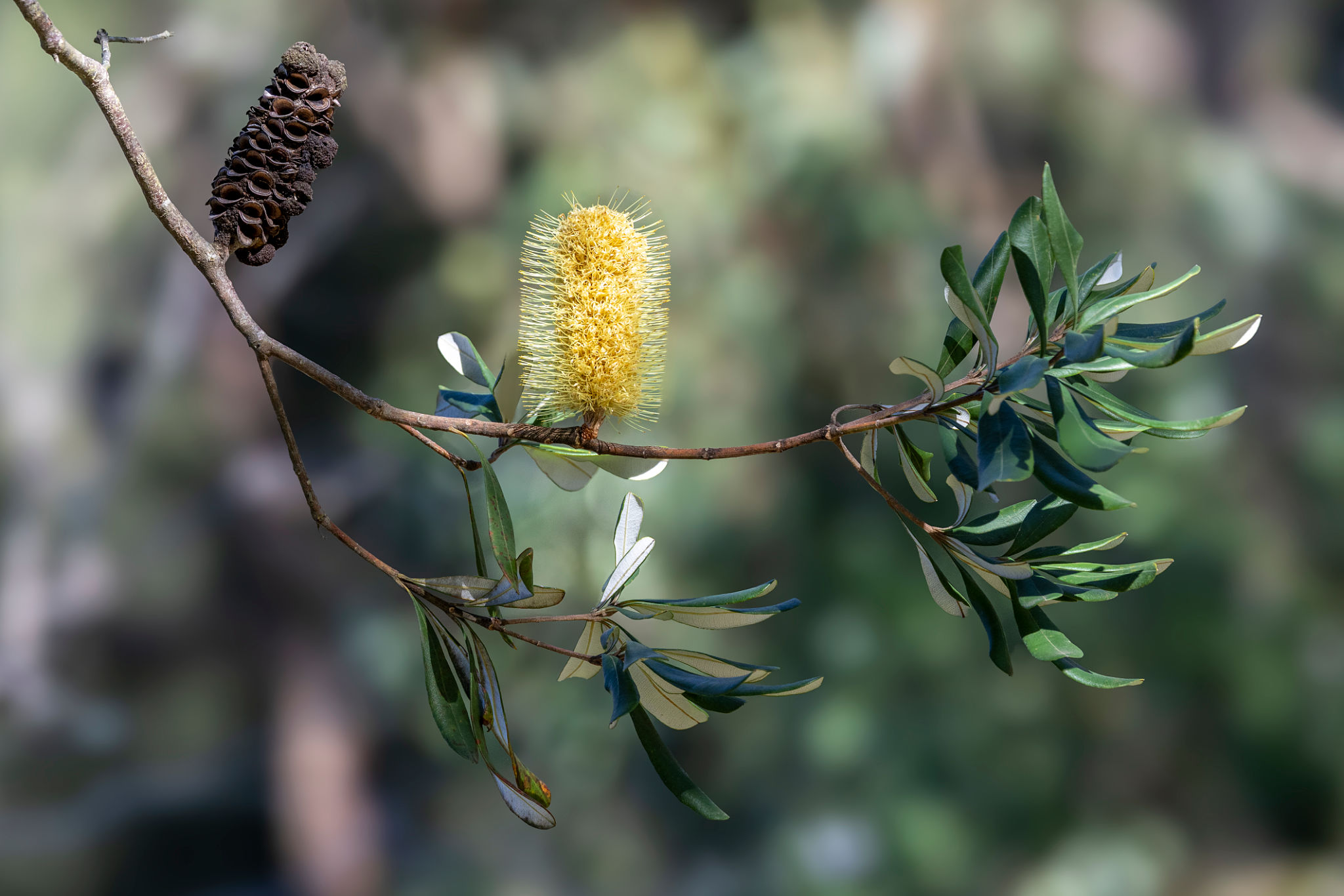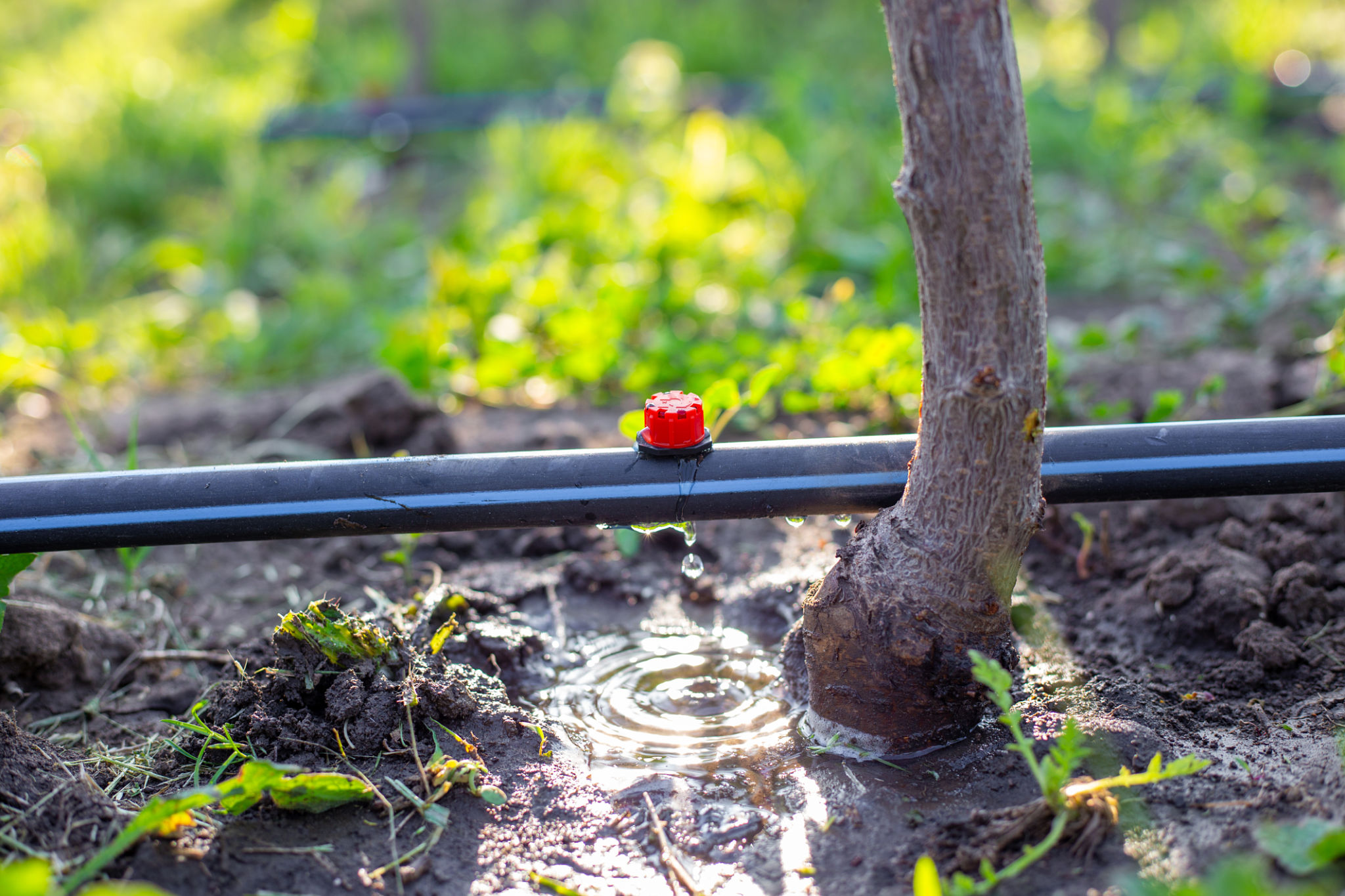How to Design a Low-Maintenance Garden: Tips and Tricks
Understanding the Basics of Low-Maintenance Gardening
Creating a low-maintenance garden is an excellent way to enjoy the beauty of nature without spending endless hours tending to it. The key to achieving this lies in smart planning and strategic plant choices. If you're looking to design a garden that is both attractive and easy to care for, you're in the right place. Let's dive into some effective tips and tricks to help you get started.
First and foremost, consider your local climate and soil conditions. Understanding these factors will guide your plant selection process. Opt for native plants that are naturally adapted to the environment and require less intervention. These plants are not only easier to care for but also support local wildlife.

Choosing the Right Plants
When it comes to plant selection, perennials are a go-to choice for low-maintenance gardens. Unlike annuals, which need to be replanted every year, perennials return each spring, saving you time and effort. Consider hardy varieties such as lavender, sedum, or daylilies, which are known for their resilience and minimal care requirements.
Succulents and ornamental grasses are also fantastic options for a low-maintenance garden. Requiring little water and care, succulents bring unique textures and colors, while ornamental grasses add movement and structure. Together, they create a dynamic yet easy-care landscape.

Efficient Watering Solutions
Watering can be one of the most time-consuming aspects of garden maintenance, but there are ways to make it more efficient. Installing a drip irrigation system can drastically reduce the time spent watering by delivering moisture directly to the plant roots. This method not only conserves water but also helps keep foliage dry, reducing the risk of disease.
Mulching is another valuable strategy. By adding a layer of mulch around your plants, you can retain soil moisture, suppress weeds, and improve soil health—all of which contribute to a healthier garden with less effort on your part.

Smart Garden Design
The design of your garden can significantly influence the level of maintenance required. Grouping plants with similar water and light needs together can streamline your care routine. This way, you can water and fertilize more efficiently without over or under-caring for any individual plant.
Incorporate hardscape elements such as paths, patios, or decorative stones into your garden design. These features not only reduce the area that requires planting and maintenance but also add visual interest and functionality to your outdoor space.

Regular but Minimal Maintenance
Even a low-maintenance garden needs some attention. Schedule regular but brief maintenance sessions to keep your garden looking its best. Tasks like deadheading flowers, trimming overgrown plants, or pulling occasional weeds can be done quickly if not allowed to accumulate.
Lastly, embrace imperfections! A low-maintenance garden is meant to be a relaxed space where nature takes its course. Allow plants to grow naturally and resist the urge to constantly tidy up. This approach will save you time and make your garden feel more organic and inviting.
